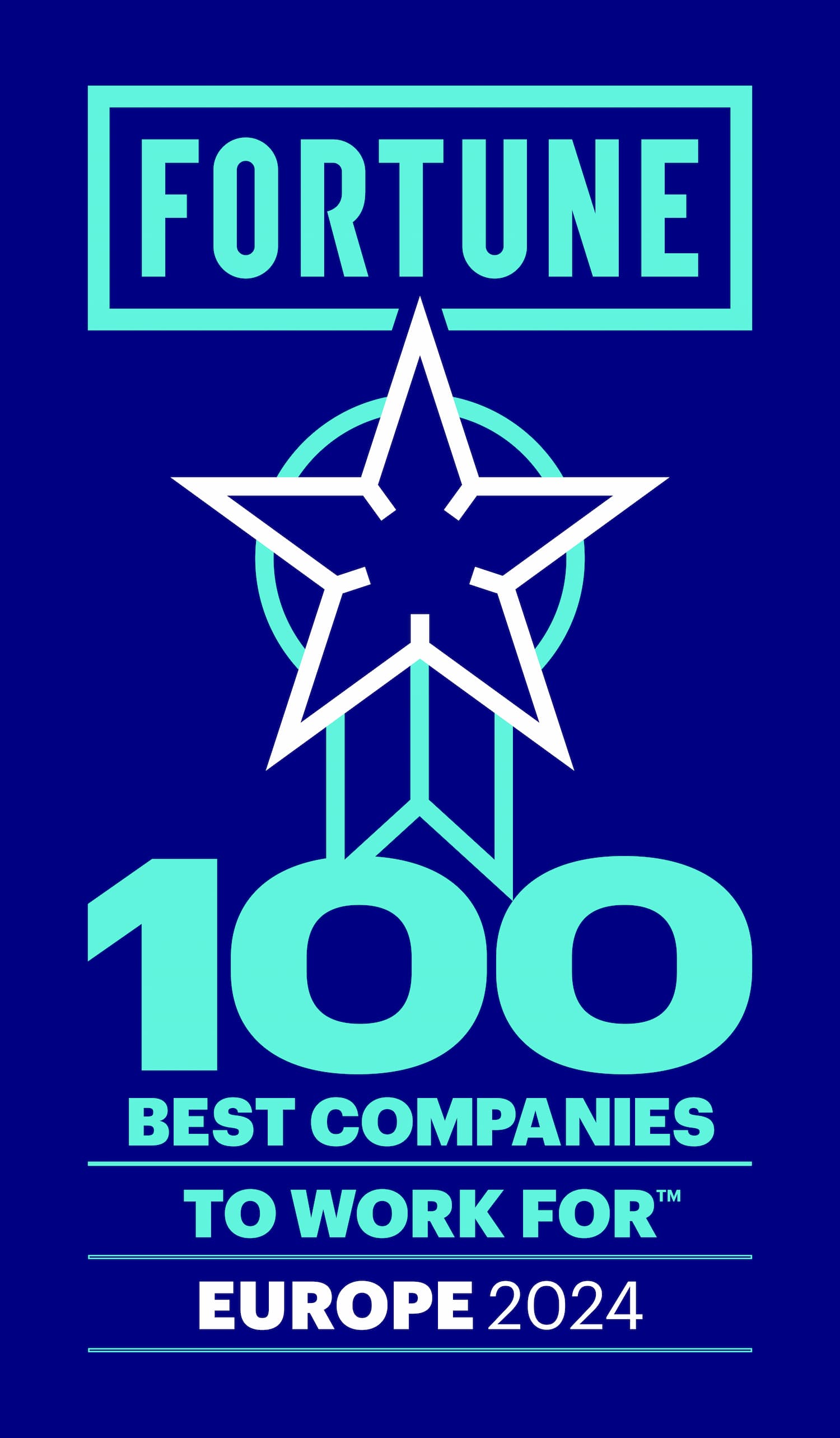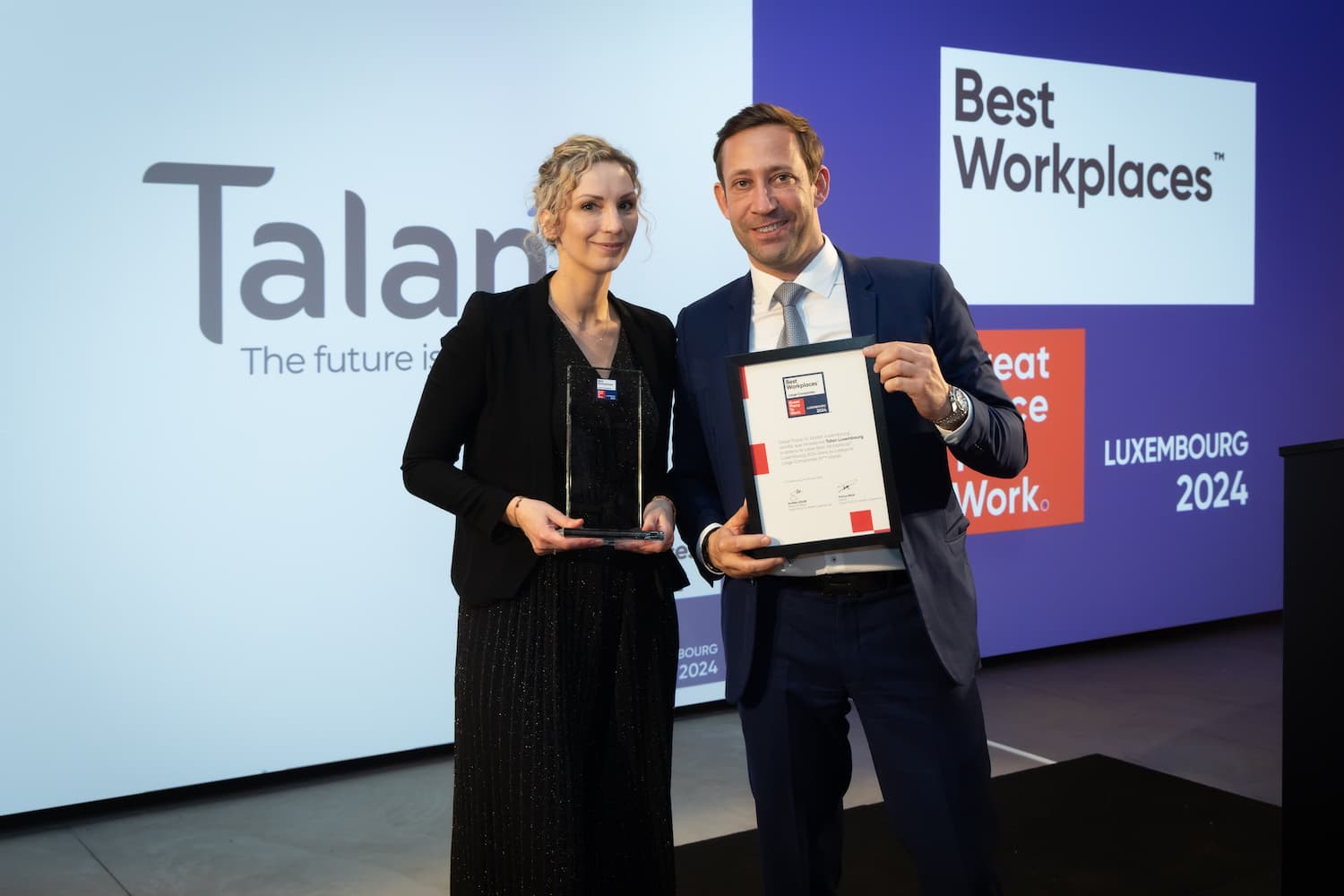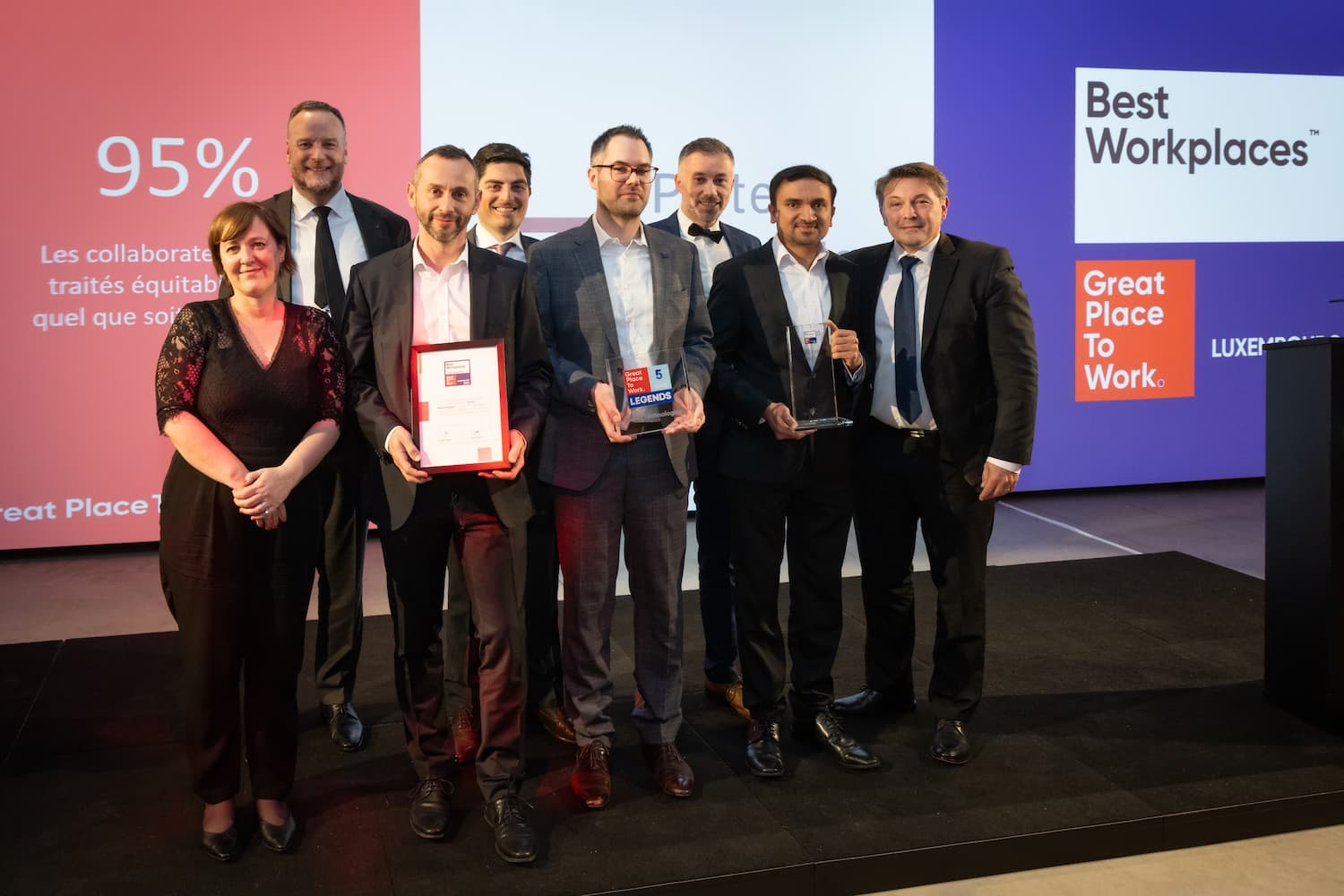22 July 2019
One of the most common hurdles people cite when I talk with them about why they can’t (or don’t) collect better employee feedback is the “concern” of survey fatigue. I put concern in quotes because, in my experience, the issue plaguing participation isn’t that employees are tired of surveys or uninterested in providing feedback. They feel it’s just not worth their time because every time they share their ideas, concerns and feedback it just seems to go into a black hole.
Here are the five most important things you can do to jump start your feedback loop and put the excuse of survey fatigue to bed forever.
- Thank people. Your people are busy, but they care about their work, workplace and teammates so much that they took the time to provide feedback on the experiences they’re having. Thank them like you would if they had handed you their survey as they walked out of a meeting. This is so critical because it demonstrates you value their time and their feedback. The power of the “thank you” is doubled because it will both ensure they continue to provide feedback in the future and encourage more people to participate the next time they’re invited.
- Communicate. After a survey closes, maybe as part of the thank you in #1, let people know what will happen next…and then make sure to follow through.
- Create links between surveys and programs. This is the single most powerful thing you can do to eliminate survey fatigue. Nothing causes people to stop responding to surveys more than a feeling that no one does anything with the feedback. What’s important to remember here is not whether you think you’re acting on this feedback, but whether your people think so. Ensure they know how new programs and procedures relate back to feedback that was provided.
- Leverage data from multiple sources. It’s a best practice to leverage more than one source of data to inform your people programs and practices. (For the record, adding the Great Place to Work® Trust Index® survey into your employee engagement and talent management strategies is a best practice, too. It allows you to quantify your employee experience and hopefully earn Certification as a great workplace... bonus!) In creating connections between the results of your different surveys, you’ll demonstrate that you’re listening, that collecting feedback will be an ongoing process, and that you’re committed to better understanding and focusing on the areas most important to creating a great employee experience for everyone.
- Get specific. You can optimize the analytics of the Trust Index survey by adding custom elements to take a pulse on the concepts, behaviors, or populations(s) that you identified as noteworthy from previous surveys, or to set baselines for future comparison. Doing this ensures that in a single survey you will get a sharper view into the employee experience, earn recognition as Great Place to Work-Certified, benchmark your culture against our proven For All Model and Methodology and check in on whether any changes you’ve made or actions you’ve taken based on previous feedback are having the impact you expected. Where else can you go and do all that in one survey?!




